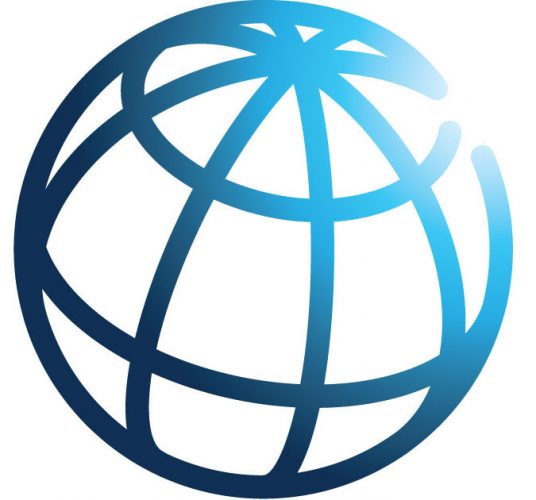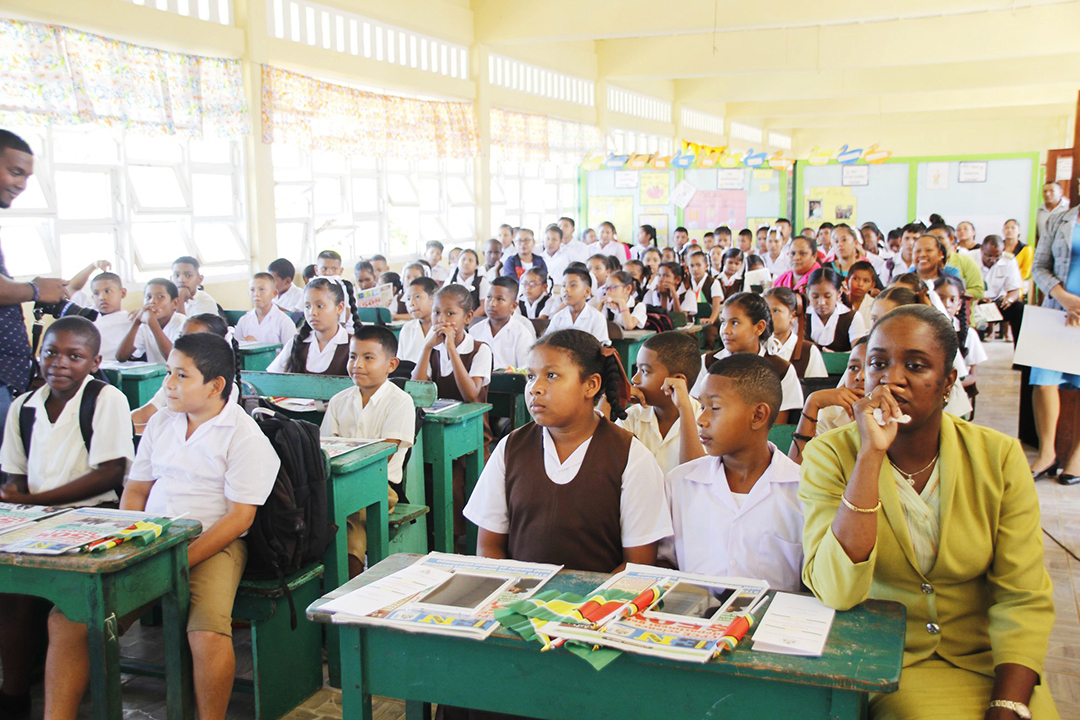Global concerns over the spread of the coronavirus have forced countries around the world to close schools prematurely and for durations that cannot, in the immediate term, be determined, but while the World Bank accepts the eventuality as a regrettable necessity it says that there could be a high price to pay for keeping children out of school for what now seems likely to be an extended period.
A March 18 World Bank Blog titled “Managing the impact of education systems around the world: How countries are preparing, coping and planning for recovery,” while not kicking against the schools closure decision around the world for periods that are yet to be determined, takes a hard look at some of the likely social, economic and other consequences that are likely to derive from the enforced school break, particularly in poor countries.
 “While school closures seem to present a logical solution to enforcing social distancing within communities,” the article contends, “prolonged closures tend to have a disproportionately negative impact on the most vulnerable students,” the article says. It contends that with the closure of schools, children will have “fewer opportunities for learning at home” and in many instances are likely to be the “economic burdens… for parents who may face challenges finding prolonged childcare, or even adequate food in the absence of school meals.”
“While school closures seem to present a logical solution to enforcing social distancing within communities,” the article contends, “prolonged closures tend to have a disproportionately negative impact on the most vulnerable students,” the article says. It contends that with the closure of schools, children will have “fewer opportunities for learning at home” and in many instances are likely to be the “economic burdens… for parents who may face challenges finding prolonged childcare, or even adequate food in the absence of school meals.”
The article, meanwhile, bemoans what it says is the likely loss of the “hard-won gains in expanded access to education,” a consequence which it says, could stagnate or reverse important gains that have been made in the education systems of poor countries.
In Guyana and the Caribbean, the individual education authorities are almost certain to begin to give thought to whether countries will be in a position to press ahead with examinations used as criteria for entry into secondary schools and if that proves impracticable, what options are at their disposal.
The impact on poor countries could be particularly acute, the blog says, since “accessibility to alternative options like distance learning remains out of reach for those without means to connect.” This deficiency, the article says, could give rise to “further loss in human capital and diminished economic opportunities.”
But according to the article there could be an upside to the widespread premature closure of schools. The outbreak of the virus and the lockdowns at the national level, it says, “could be used as a best test for the education technology interventions for distance learning,” though it concedes that few systems are as yet prepared for the level of testing.
China is one of those countries “where education continued regardless of school closures, taking place through internet and distance learning. “Other countries, Guyana being one example, are less prepared while related challenges will, in some instances, include access to technology (in many if not most households) and availability of high bandwidth.
In some poor countries, according to the article, the closure of schools, however, ‘cuts both ways.’ It contends that “where health facilities may be scarce,” school closures could ‘free up’ buildings to enable their transformation into “makeshift holding centres during a crisis.” The prevention and recovery role which these facilities could play may well help to mitigate the impact on students and learning, since, “where health facilities may be scarce, schools can be turned into makeshift holding centres during a crisis.”





